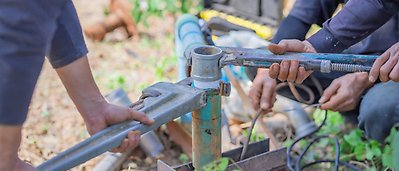Seaweeds for carbon dioxide removal (CDR)–Getting the science right
Summary
To keep global warming < 2˚C, Almaraz et al. [1] highlight the need to drastically reduce
greenhouse gas emissions from food production and remove atmospheric carbon dioxide by 2050. They provided an expert analysis of the potential of terrestrial based biological methods of carbon dioxide removal (CDR), including technologies that “demonstrated high impact potential supported by peer-reviewed literature”. However, scientific rigour was not applied to their brief consideration of marine CDR strategies, specifically ocean afforestation which is the deliberate expansion of seaweed (macroalgal) aquaculture into the open ocean where they do not naturally grow, and the cultivated biomass sunk to the deep ocean for CDR. Ocean afforestation (OAf) is subject of intense debate [2–5] and peer-reviewed literature questioning its application for CDR were available before Almaraz et al. submission. Here we highlight some key points missed by Almaraz et al. to be considered prior to investments in large scale OAf.






